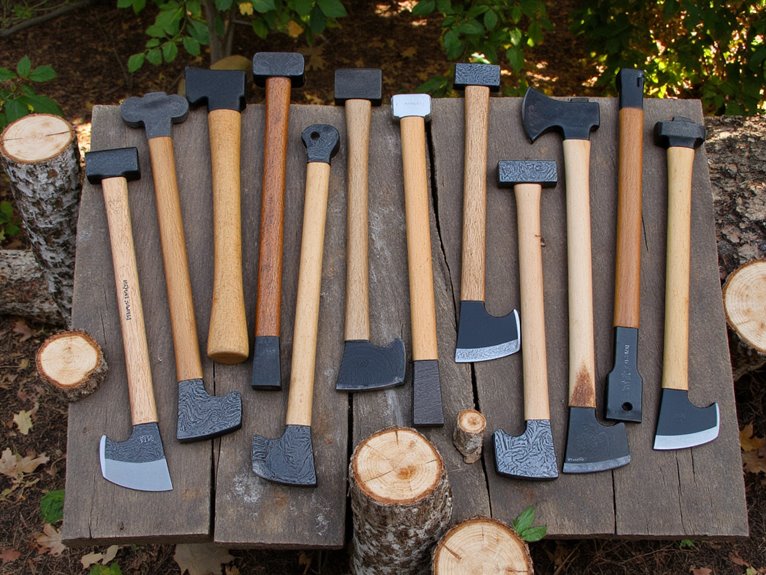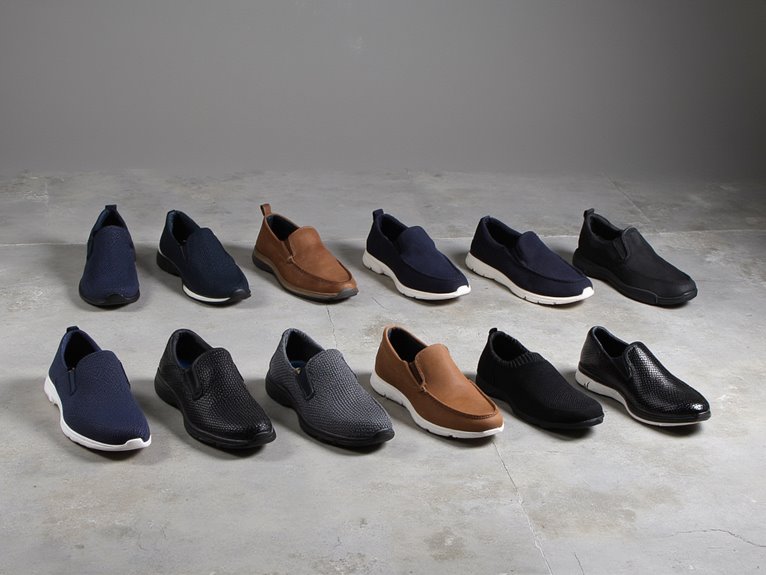How to Control Speed in Snowboarding?
To control speed in snowboarding, maintain a neutral stance with feet shoulder-width apart and toes pointing slightly outward, keeping knees bent and weight centered over the board. Shift weight forward or backward to adjust speed and trajectory. Edging allows riders to regulate velocity by increasing or decreasing the angle of the board in relation to the snow. Turning size, initiation, shape, and frequency also impact speed. Weight distribution and shifting techniques, as well as using terrain features, can further control speed. Mastering these techniques enables riders to precisely regulate their velocity – and there's more to refine your skills.
We are supported by our audience. When you purchase through links on our site, we may earn an affiliate commission, at no extra cost for you. Learn more. Last update on 1st January 2026 / Images from Amazon Product Advertising API.
Stance and Balance Techniques
Proper stance and balance are fundamental to controlling speed in snowboarding, as they enable riders to maintain stability and make precise adjustments to their velocity.
A neutral stance, with feet shoulder-width apart and toes pointing slightly outward, allows for ideal weight distribution and flexibility.
Keeping the knees bent and weight centered over the board boosts balance and responsiveness.
By shifting weight forward or backward, riders can subtly adjust their speed and trajectory.
Additionally, maintaining a low center of gravity and keeping the arms relaxed and bent enables riders to make precise turns and corrections.
Edging for Speed Control
By subtly shifting their weight and applying pressure to the edges of the board, snowboarders can harness the power of edging to regulate their speed and trajectory with precision.
Edging allows riders to control their velocity by increasing or decreasing the angle of their board in relation to the snow.
By digging the edge of the board into the snow, riders can create resistance, which slows them down.
Conversely, by reducing edge pressure, riders can gain speed.
Effective edging requires a strong core, ankles, and legs, as well as precise weight distribution.
Turning to Regulate Velocity
In addition to edging, snowboarders can harness the turning motion to modulate their velocity, as subtle variations in turn shape and size can substantially impact speed.
By adjusting turn radius, angle, and initiation, riders can effectively regulate their velocity.
Turn size: Larger turns tend to slow you down, while tighter turns can increase speed.
Turn initiation: Initiating turns earlier or later can impact speed, with earlier initiation often resulting in slower speeds.
Turn shape: Rounded turns can help maintain speed, while sharper turns can slow you down.
Angle of approach: Approaching turns at a steeper angle can increase speed, while a shallower angle can decrease speed.
Turn frequency: Increasing or decreasing turn frequency can also impact overall speed.
Weight Distribution and Shifting
As snowboarders modulate their velocity through turning, weight distribution and shifting become remarkably vital factors in controlling speed, as subtle adjustments in body positioning can substantially influence overall velocity.
By shifting weight onto the toes or heels, riders can alter their speed and direction.
To slow down, shift weight onto the heels, applying pressure on the tail of the board, which will increase drag and reduce speed.
Conversely, shifting weight onto the toes will increase speed by reducing drag and allowing the board to glide more efficiently.
Mastering weight distribution and shifting techniques enables snowboarders to precisely control their speed, making them more confident and agile on the slopes.
Using Terrain to Slow Down
When using terrain to control speed, snowboarders can employ two primary strategies to slow down: riding steep slopes safely and picking gentle slopes wisely.
By understanding how to navigate varying terrain, riders can effectively manage their speed and maintain control.
Riding Steep Slopes Safely
Mastering the art of slowing down on steep slopes is essential to maintaining control and avoiding accidents, particularly in terrain where falling can have severe consequences.
When riding steep slopes, it's vital to use terrain to your advantage to slow down safely.
Identify natural features like rollers, banks, and berms to slow down and control your speed.
Use the slope's natural contours to your advantage, such as riding across the fall line to lose speed.
Look for areas with deeper snow or chop to slow you down naturally.
Utilize your edges to initiate a turn and shed speed quickly.
Practice active weight distribution and shifting to control your speed and direction.
Picking Gentle Slopes Wisely
One of the most effective ways to control speed on a snowboard is to deliberately choose gentle slopes that allow you to slow down naturally, leveraging the terrain to do the work for you.
When selecting a slope, look for gentle inclines, rolling hills, or wide, sweeping turns that will help you slow down without having to make abrupt turns or apply excessive braking.
Avoid steep pitches, narrow chutes, and tight turns that can accelerate your speed.
By choosing gentle slopes wisely, you can maintain a comfortable pace, conserve energy, and focus on refining your technique.
Braking Methods for Emergencies
In emergency situations, snowboarders must be able to rapidly and effectively slow down or stop to avoid collisions or other hazardous consequences.
Knowing various braking methods is vital in such cases.
Fall Line Stop: Dig one edge into the snow, shifting weight onto the back foot to slow down.
Heel Slide: Shift weight onto the back foot, applying pressure to the heel side of the board to slow down.
Toe Slide: Shift weight onto the front foot, applying pressure to the toe side of the board to slow down.
Hockey Stop: Dig both edges into the snow, shifting weight onto both feet to come to a quick stop.
Power Slide: Shift weight onto the back foot, applying pressure to the heel side of the board, then bring the front foot back to slow down.
Mastering these braking methods will help you navigate emergency situations with confidence and control, as it is essential to be able to stop quickly and efficiently in order to avoid accidents.




